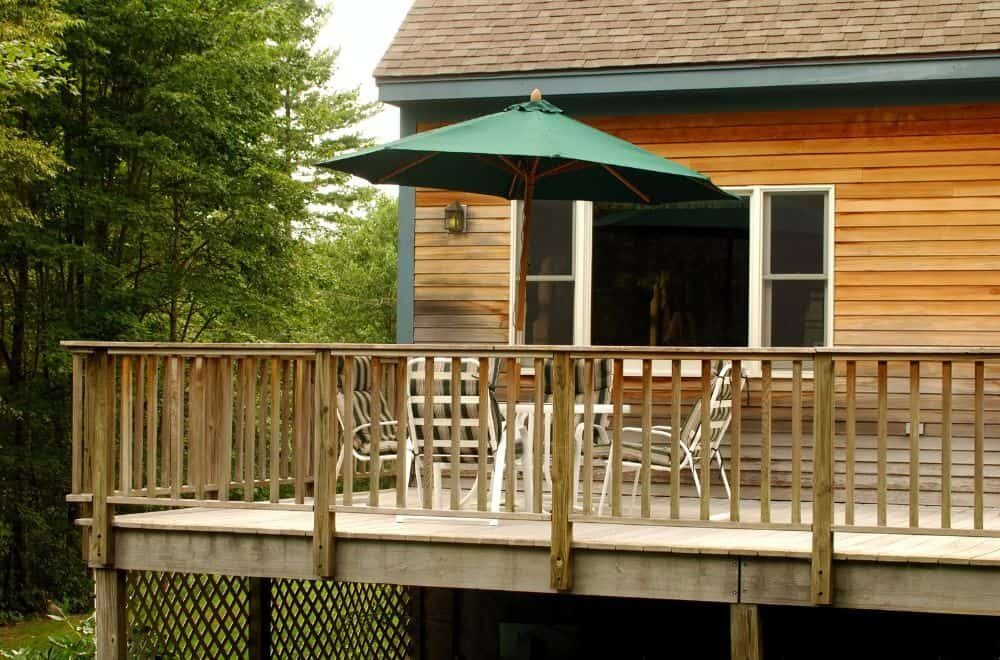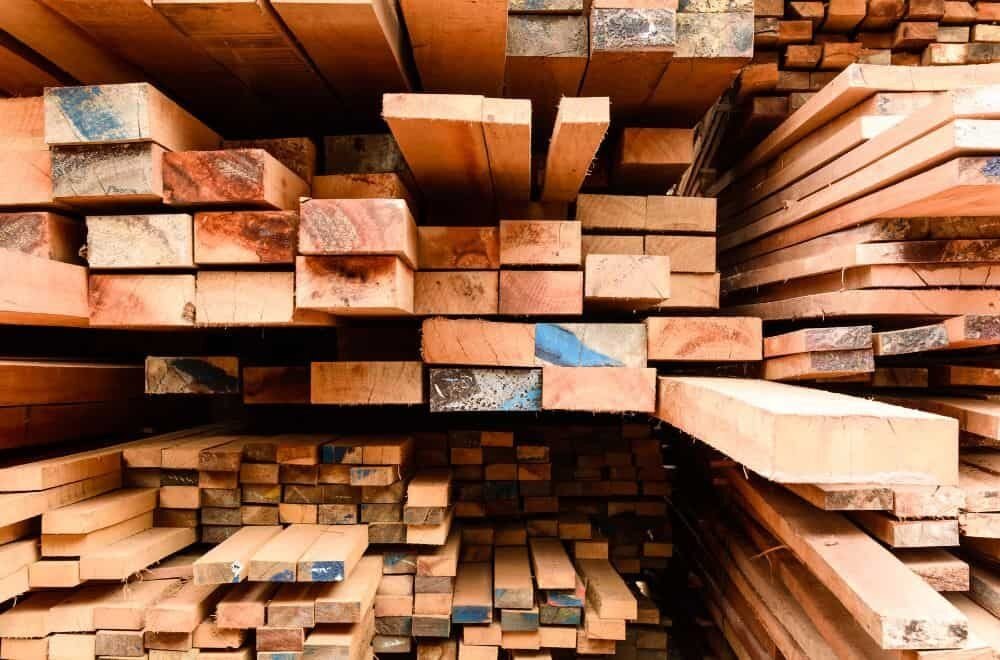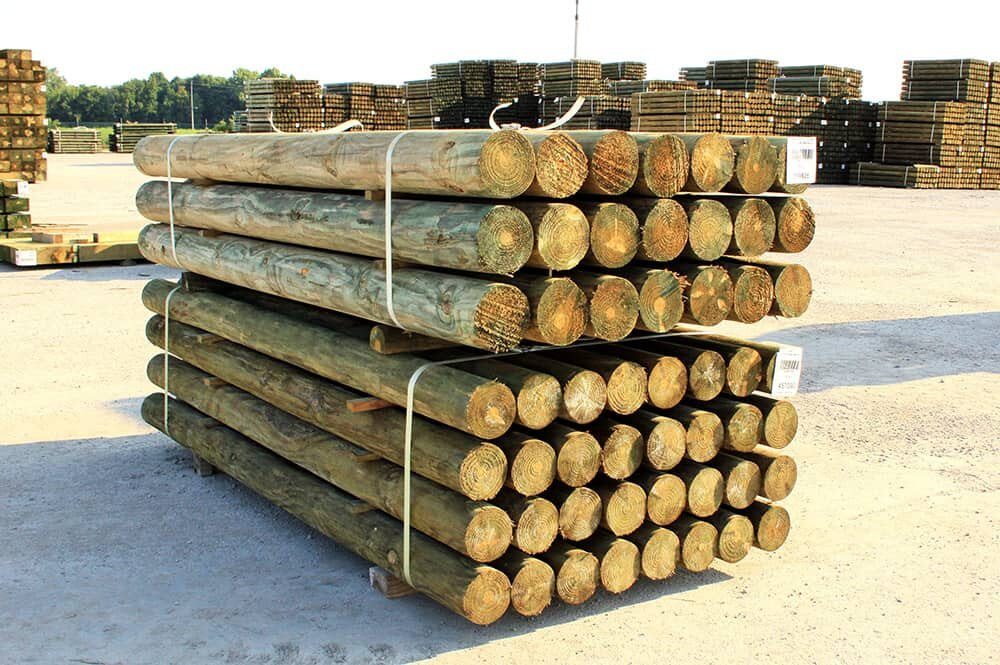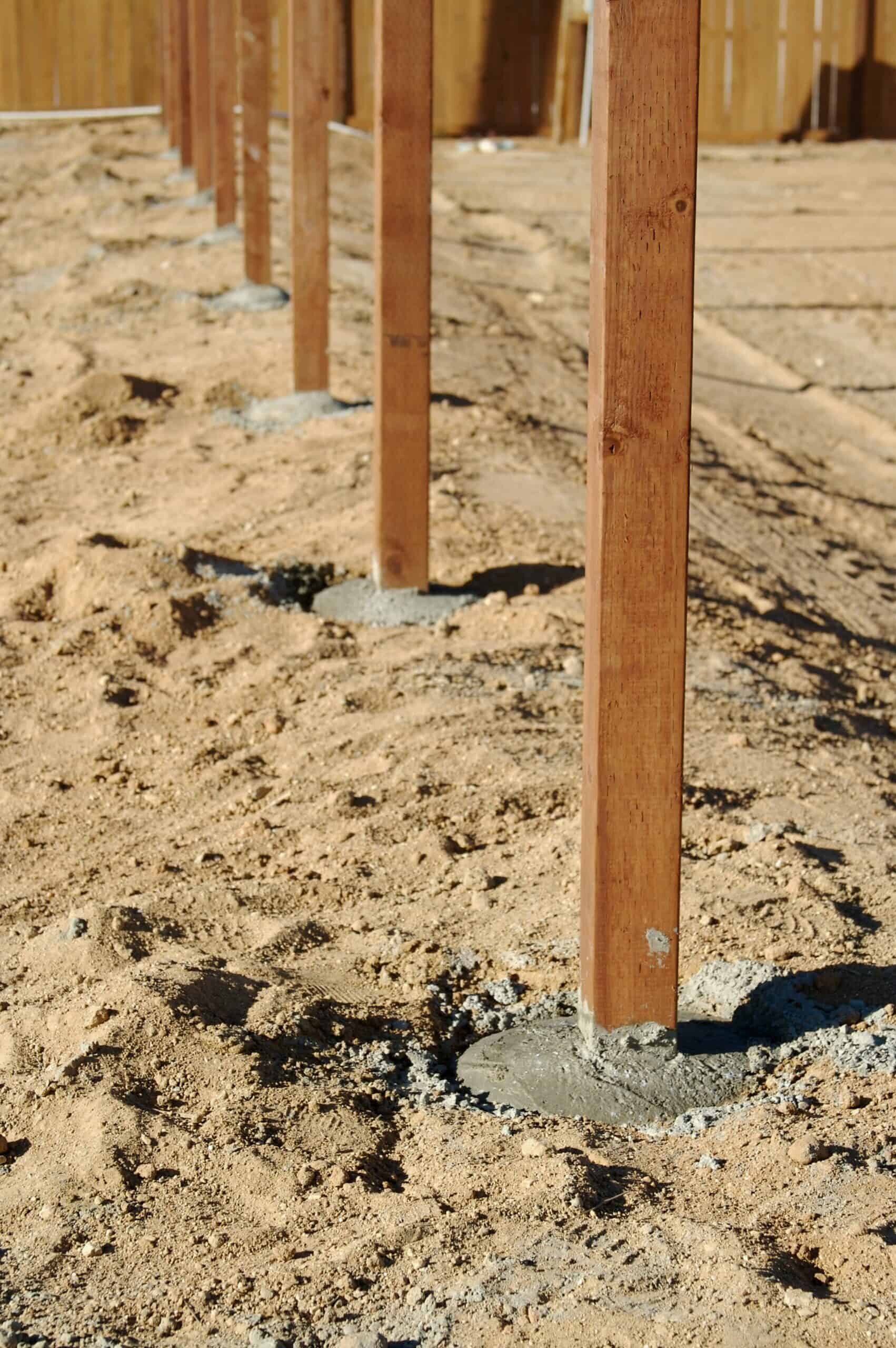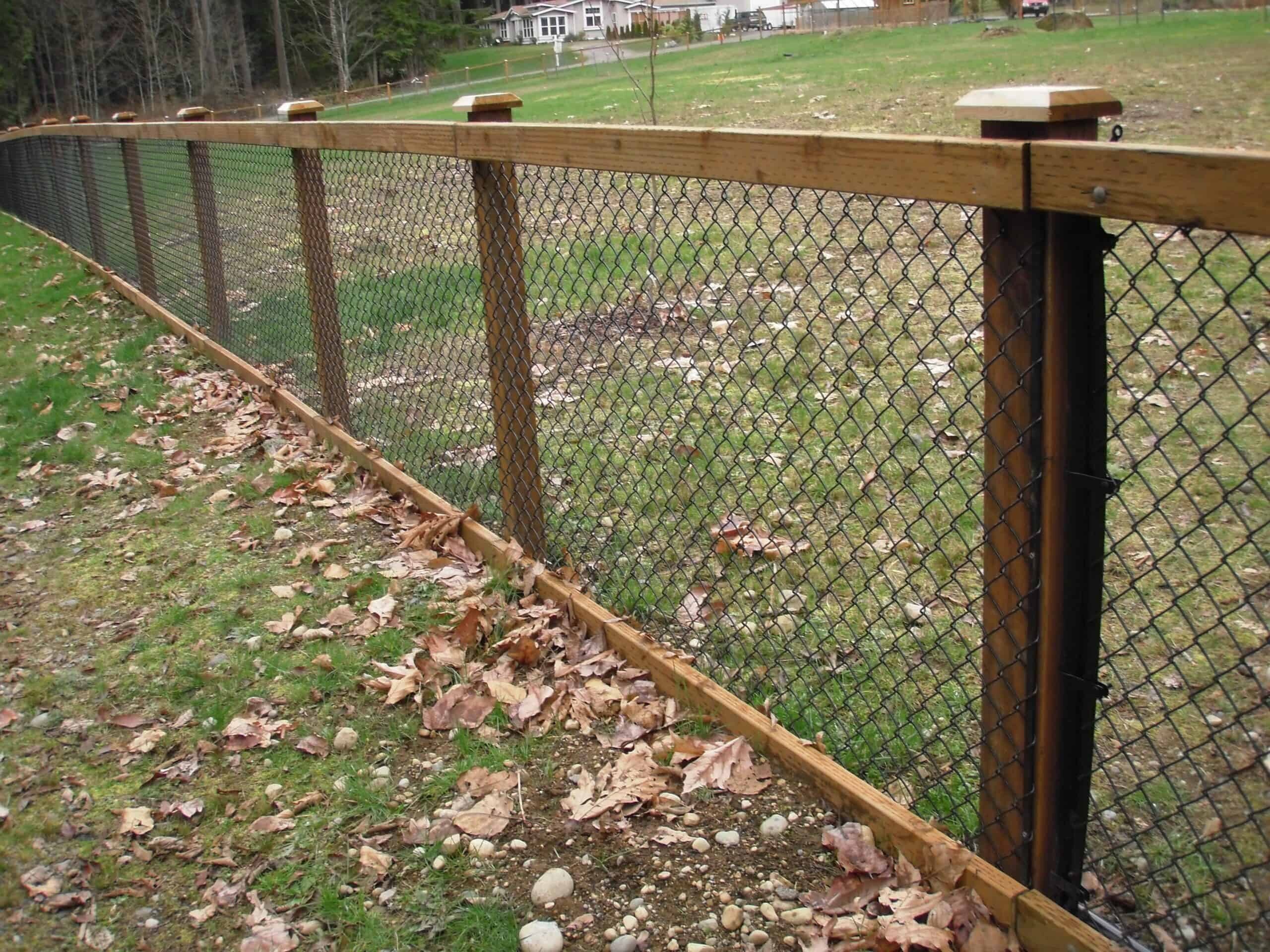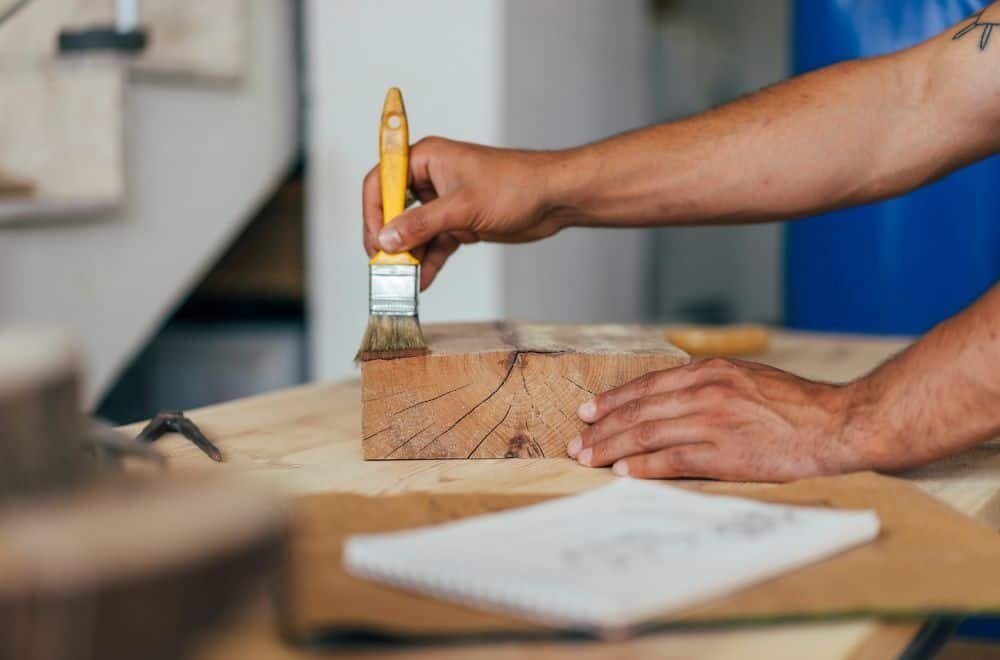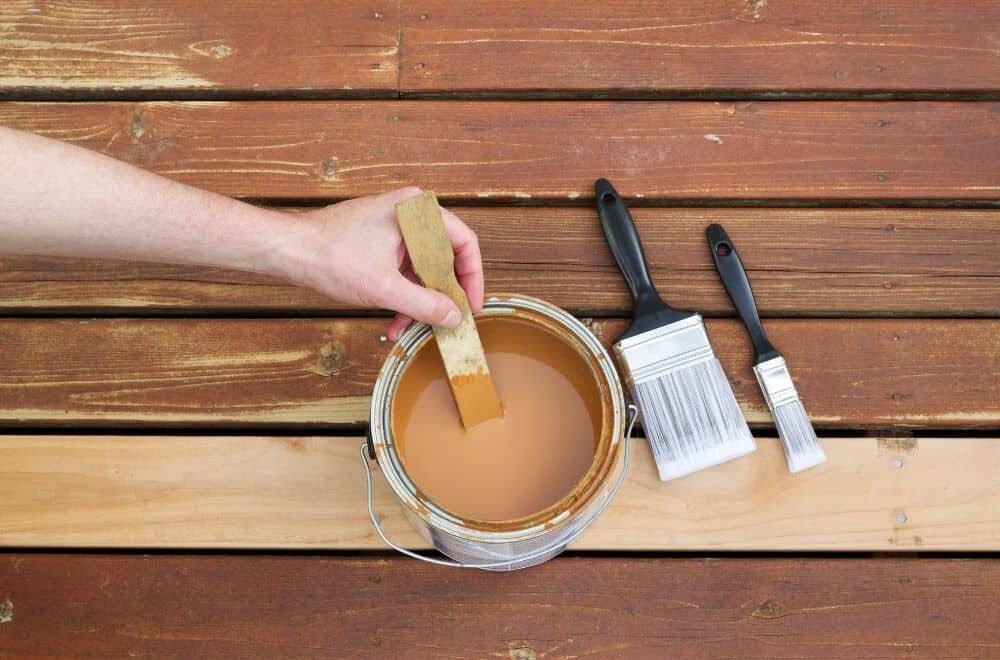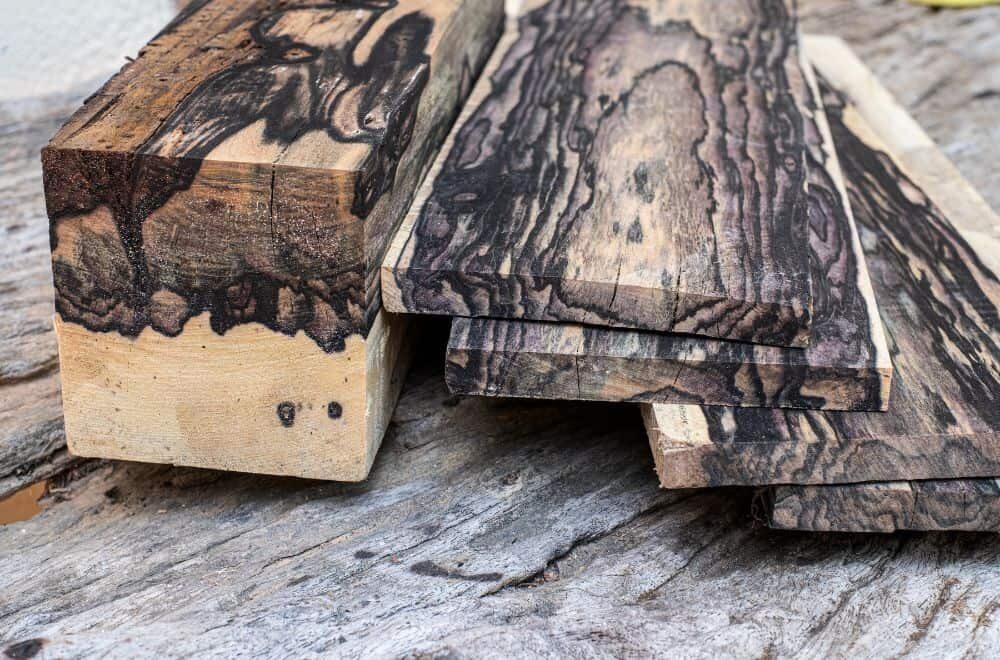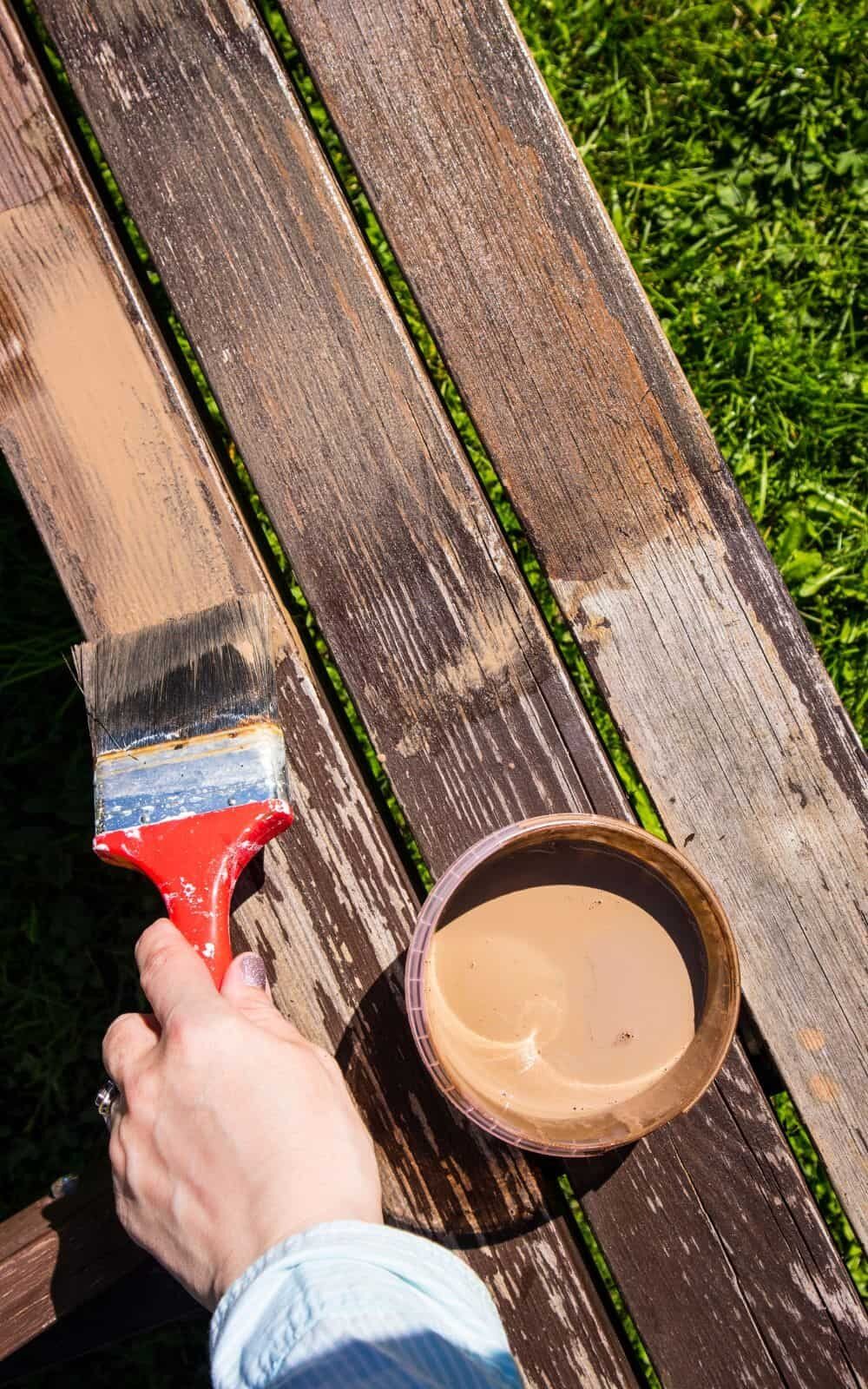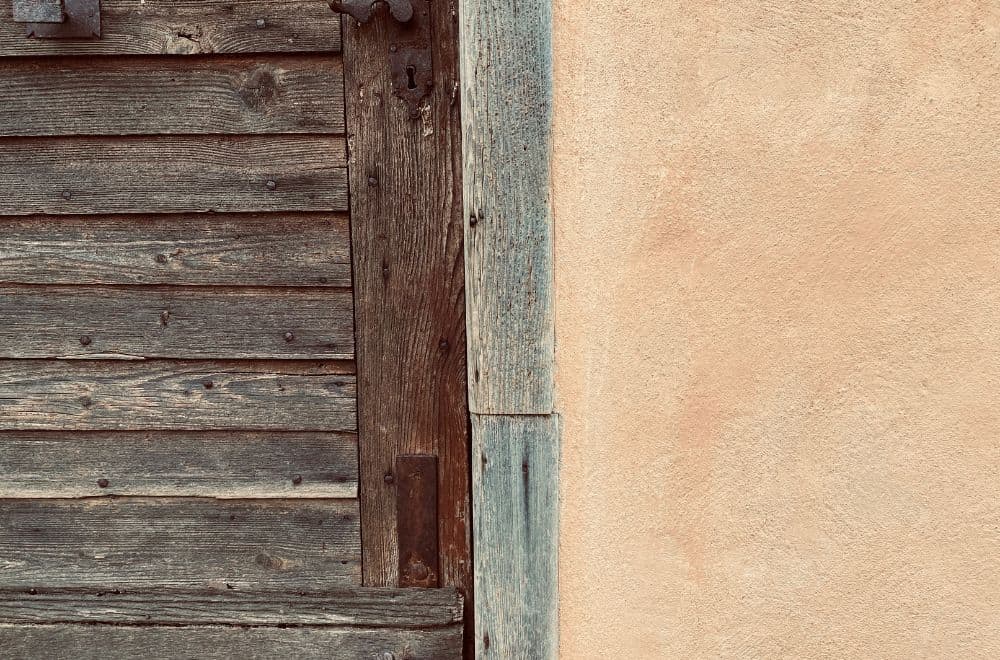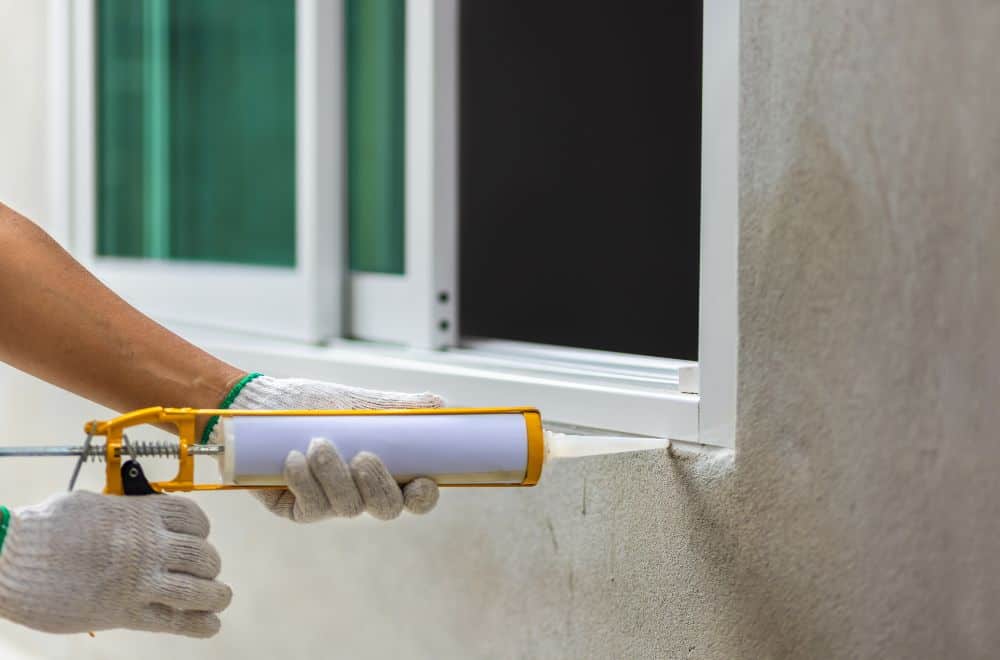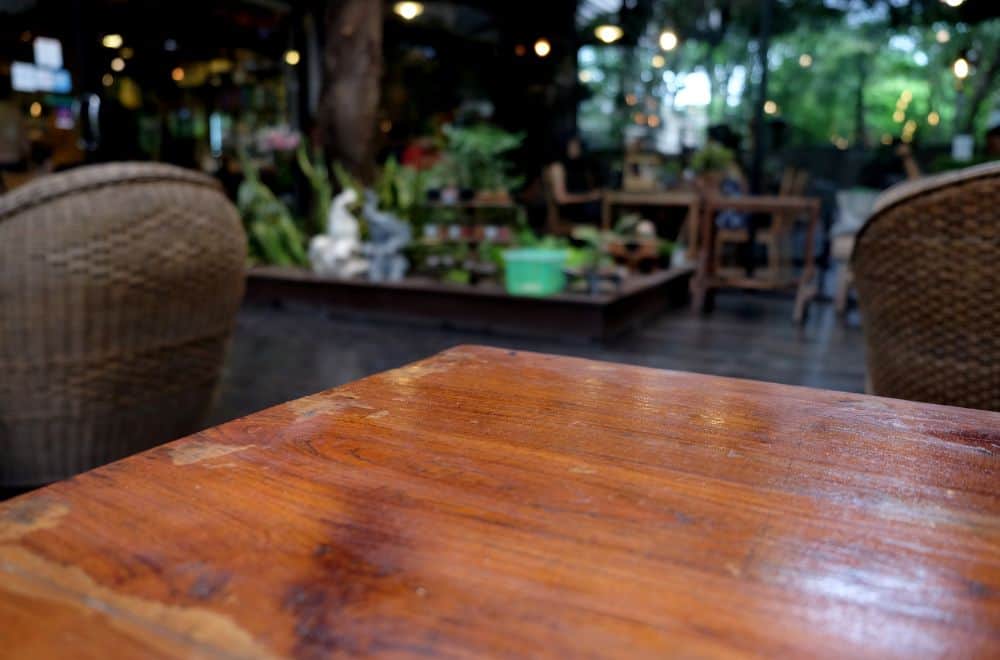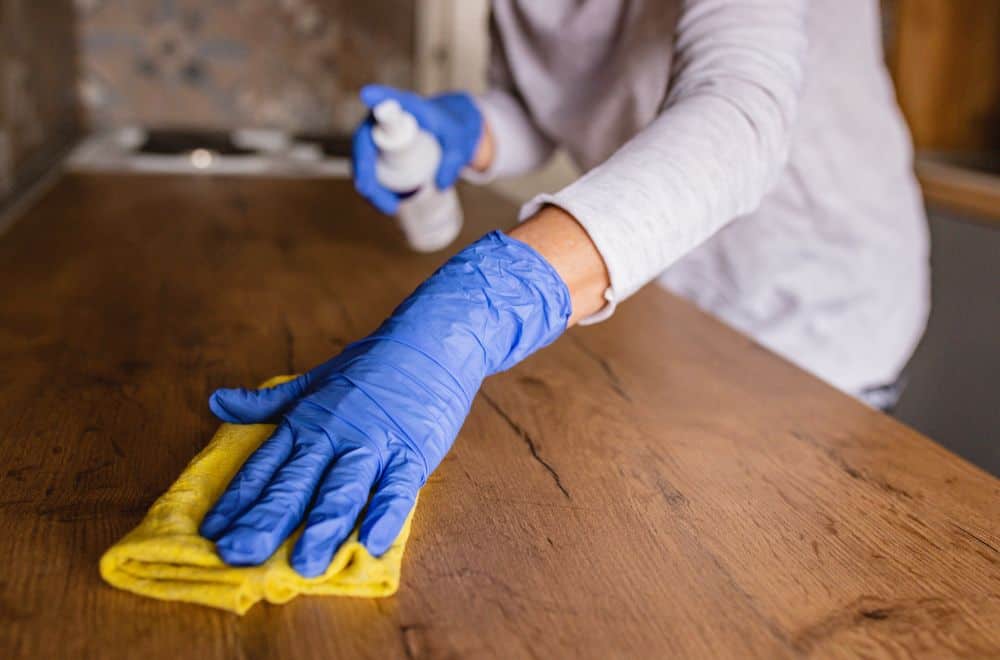Are you planning a DIY project that requires woodcutting? If so, you might be wondering if Home Depot offers woodcutting services. The answer is yes, Home Depot does cut wood for its customers. However, there are some restrictions and fees that you should be aware of before heading to the store.
Home Depot has a wood-cutting area where they serve customers by cutting their wood to the size they need. Any of the wood that you purchase in-store will be cut for free in this area. However, they will not allow you to bring in your own wood from somewhere else. Additionally, Home Depot’s wood cutting services vary from place to place, and many are switching to a fee-based model.
Understanding Home Depot’s Wood Cutting Services
If you are planning a DIY project that requires wood cutting, you might be wondering if Home Depot offers wood cutting services. The good news is that Home Depot does offer wood cutting services, but there are some limitations and restrictions you should be aware of.
What They Offer
Home Depot has a wood-cutting area where they will cut your wood to size for you for transportation. If you have purchased your wood in the store, Home Depot will typically cut your wood for free if it is just a few cuts. However, the number of free cuts they will make depends on the location. If you want to be absolutely sure of your Home Depot’s wood cutting policy, call your local store before heading over.
The basic wood cutting service offered by Home Depot is suitable for performing straight cuts. If you need more complex cuts, such as angled cuts or project cuts, you may need to pay a fee for the service. Home Depot also offers a rough millwork service, which is suitable for performing more complex cuts.
Limitations and Restrictions
While Home Depot does offer wood cutting services, there are some limitations and restrictions you should be aware of. First, you must purchase the wood in-store. Home Depot will not allow you to bring in your own wood from somewhere else.
Second, there is a limit on how many cuts they will make for free. The exact number of free cuts depends on the location, so it’s best to call your local store to find out. Home Depot will not make cuts under 12″, and they do not provide precision or project cuts.
Third, Home Depot’s wood cutting service is not suitable for cutting pressure-treated wood or any other type of wood that contains hazardous materials. If you need to cut pressure-treated wood or any other type of wood that contains hazardous materials, you will need to cut it yourself or hire a professional.
In conclusion, Home Depot does offer wood cutting services, but there are some limitations and restrictions you should be aware of. If you need more complex cuts or need to cut pressure-treated wood or any other type of wood that contains hazardous materials, you should consider hiring a professional.
Why Choose Home Depot for Wood Cutting


If you are looking for a place to get your wood cut to the size you need, Home Depot is a great option. Here are some reasons why:
Convenience
Home Depot has a wood-cutting area in every store where they can cut your wood to the size you need. This is a convenient option for those who do not have the tools or space to do it themselves. Additionally, you can purchase the wood you need at the same location, saving you time and effort.
Expertise
Home Depot employs trained professionals who have the expertise to cut your wood accurately and efficiently. They have the proper tools and equipment to ensure that your cuts are precise and meet your needs. This expertise can save you time and money in the long run by avoiding mistakes and wasted materials.
Variety of Wood Options
Home Depot offers a wide variety of wood options to choose from, including pine, oak, maple, and more. They also have different sizes and thicknesses available, so you can find the right wood for your project. This variety of options means that you can get all of your wood needs met in one place.
Overall, Home Depot is a great choice for wood cutting because of their convenience, expertise, and variety of wood options. If you need your wood cut to size, consider visiting your local Home Depot for their wood-cutting services.
How to Avail Home Depot’s Wood Cutting Service
If you need wood cut to a specific size for your DIY project, Home Depot offers a wood-cutting service that can help you out. Here’s how you can avail of this service:
Step by Step Process
- First, select the type of wood you need from Home Depot’s selection.
- Take the wood to the wood-cutting area in the store.
- Inform the staff of the dimensions you need for the wood.
- The staff will then cut the wood to your specifications using their saws and equipment.
- Once the wood has been cut, you can take it home or continue shopping for other items you need.
Things to Keep in Mind
- Home Depot’s wood-cutting service is only available for wood purchased in-store. They will not cut wood that you bring from outside the store.
- The accuracy of the cuts is not guaranteed, so be sure to double-check the dimensions before leaving the store.
- Home Depot’s wood-cutting service is free, but there may be a limit to the number of cuts they can make for you.
- The wait time for wood-cutting service may vary depending on the store’s workload and the number of customers ahead of you in line.
By following these simple steps and keeping these things in mind, you can easily avail of Home Depot’s wood-cutting service and get the wood you need for your DIY project.
Comparing Home Depot to Other Wood Cutting Services

When it comes to wood cutting services, Home Depot is not the only option available. Other stores and services offer similar services, and it is worth comparing them to see which one is the best fit for your needs.
One of the most significant advantages of Home Depot’s wood cutting service is that it is free for the first few cuts. This is a great option if you only need a few cuts and do not want to pay for an entire sheet of wood or board. However, if you need more precise cuts, you may need to pay extra for the service.
Another option for wood cutting services is Lowe’s. Like Home Depot, Lowe’s offers free cuts for the first few pieces of wood. However, Lowe’s also offers a precision cutting service that is more accurate than Home Depot’s basic cutting service. If you need precise cuts, Lowe’s may be a better option for you.
If you need more specialized wood cutting services, there are also independent wood shops that offer custom cutting services. These shops may be more expensive than Home Depot or Lowe’s, but they can provide more specialized services, such as custom angles or shapes.
Overall, Home Depot’s wood cutting service is a great option for basic cuts and is free for the first few cuts. However, if you need more precise cuts, you may need to pay extra or consider other options such as Lowe’s or independent wood shops.
Safety Measures When Getting Wood Cut at Home Depot
When getting wood cut at Home Depot, it is important to keep safety in mind. Here are some safety measures to consider:
- Wear protective gear: Home Depot provides safety goggles and earplugs for customers to use while getting their wood cut. Make sure to use them to protect your eyes and ears from sawdust and loud noise.
- Follow instructions: Listen carefully to the instructions given by the Home Depot employee operating the saw. Make sure to follow their instructions and stay clear of the saw blade.
- Keep a safe distance: Stand back from the saw while it is in use. Do not approach the saw until it has stopped moving.
- Do not force the wood: If the wood is not cutting smoothly, do not force it through the saw. This can cause the saw to kick back and potentially injure you.
- Watch your fingers: Keep your fingers away from the saw blade at all times. Do not attempt to adjust the wood while it is being cut.
- Do not leave children unattended: If you have children with you, make sure to keep them at a safe distance from the saw and supervise them at all times.
By following these safety measures, you can ensure a safe and successful wood cutting experience at Home Depot.
Frequently Asked Questions
What is the cost of having wood cut at Home Depot?
If you purchase your wood from Home Depot, they will typically cut it for free. However, if you bring in your own wood, there may be a charge. The cost will depend on the number of cuts you need and the size of the wood. It’s best to check with your local Home Depot for their specific pricing.
Can I request Home Depot to cut wood for me?
Yes, you can request Home Depot to cut wood for you. They have a wood-cutting area where they serve customers by cutting their wood to the size they need. However, they will only cut wood that you have purchased from their store.
Does Home Depot offer wood cutting services for non-purchased wood?
No, Home Depot only offers wood cutting services for wood that has been purchased from their store. If you bring in your own wood, they will not cut it for you.
Will Home Depot cut plywood for customers?
Yes, Home Depot will cut plywood for customers. However, the saws in their wood cutting stations are not meant for fine woodworking. The blades are often dull because of the frequency with which they use the saws in-store. Remember that you will likely have to sand down splintered edges if you get your plywood cut in-store.
Where can I get wood cut at an angle?
Home Depot will not cut angled cuts for you. If you need angled cuts, you may need to use a miter saw or circular saw to make the cuts yourself.
Does Lowes charge for wood cutting services?
Like Home Depot, Lowes also offers free wood cutting services for wood purchased from their store. However, if you bring in your own wood, there may be a charge. The cost will depend on the number of cuts you need and the size of the wood. It’s best to check with your local Lowes for their specific pricing.
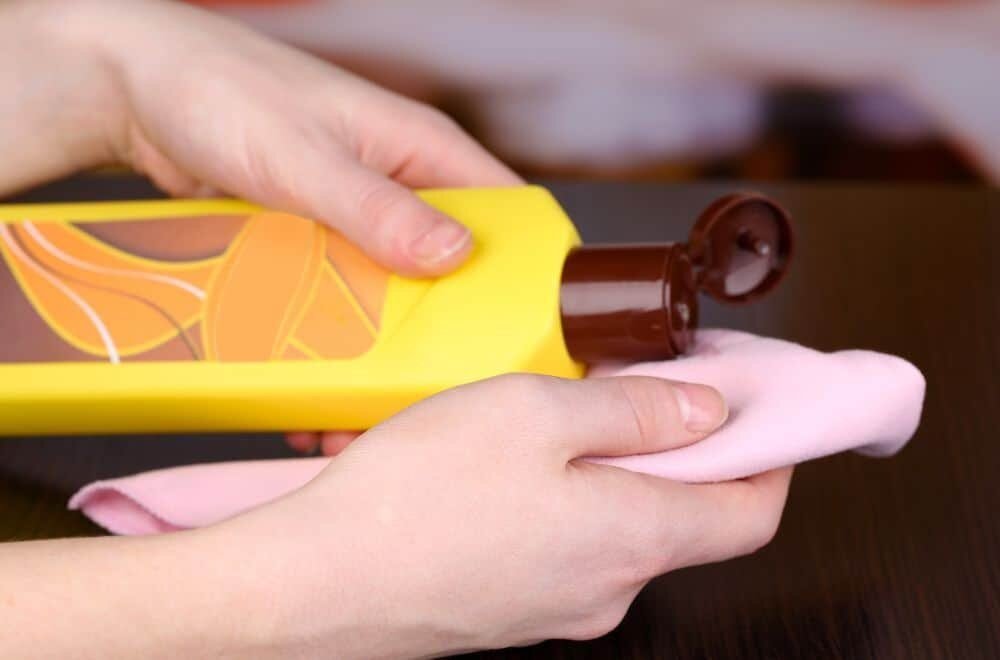


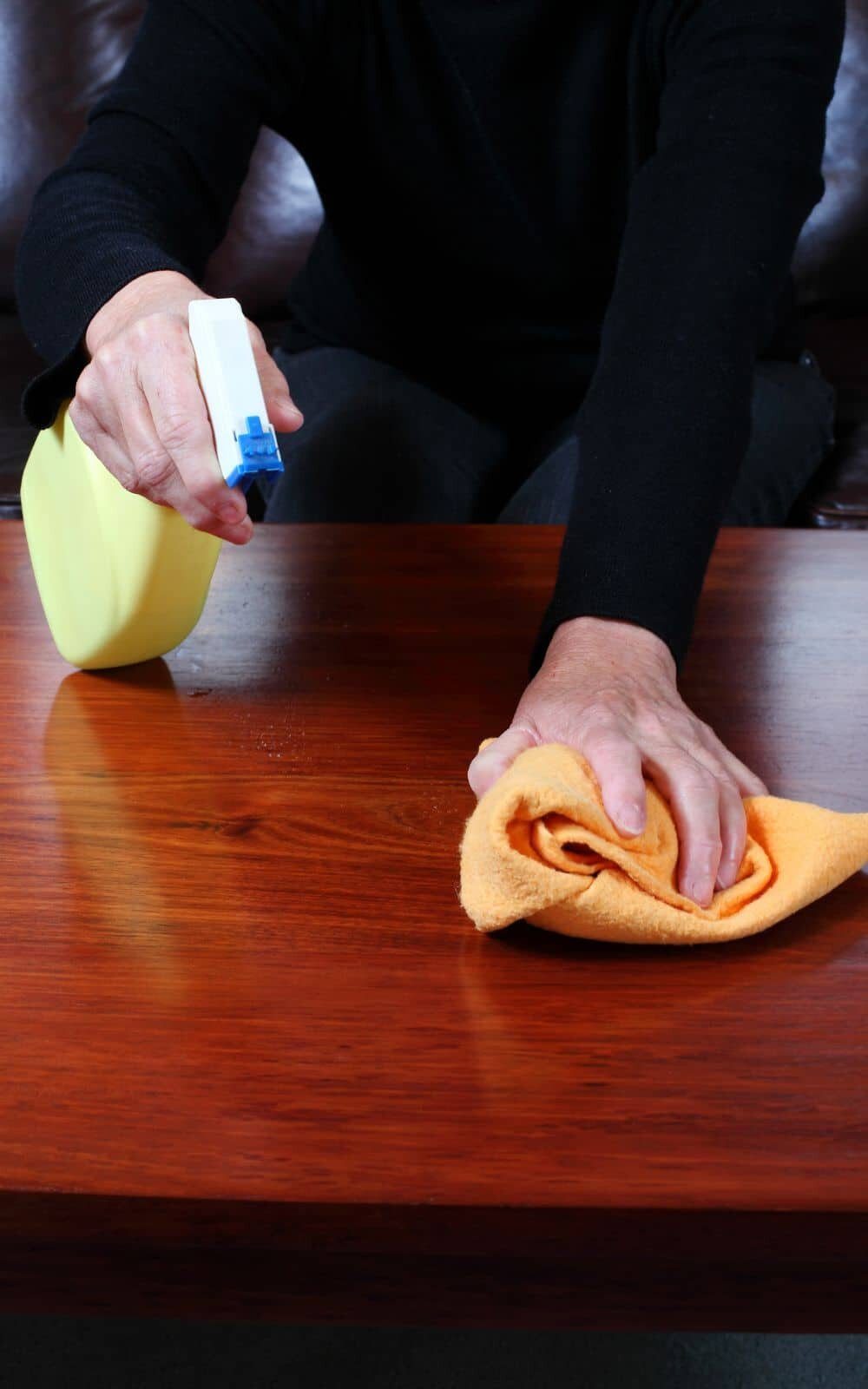
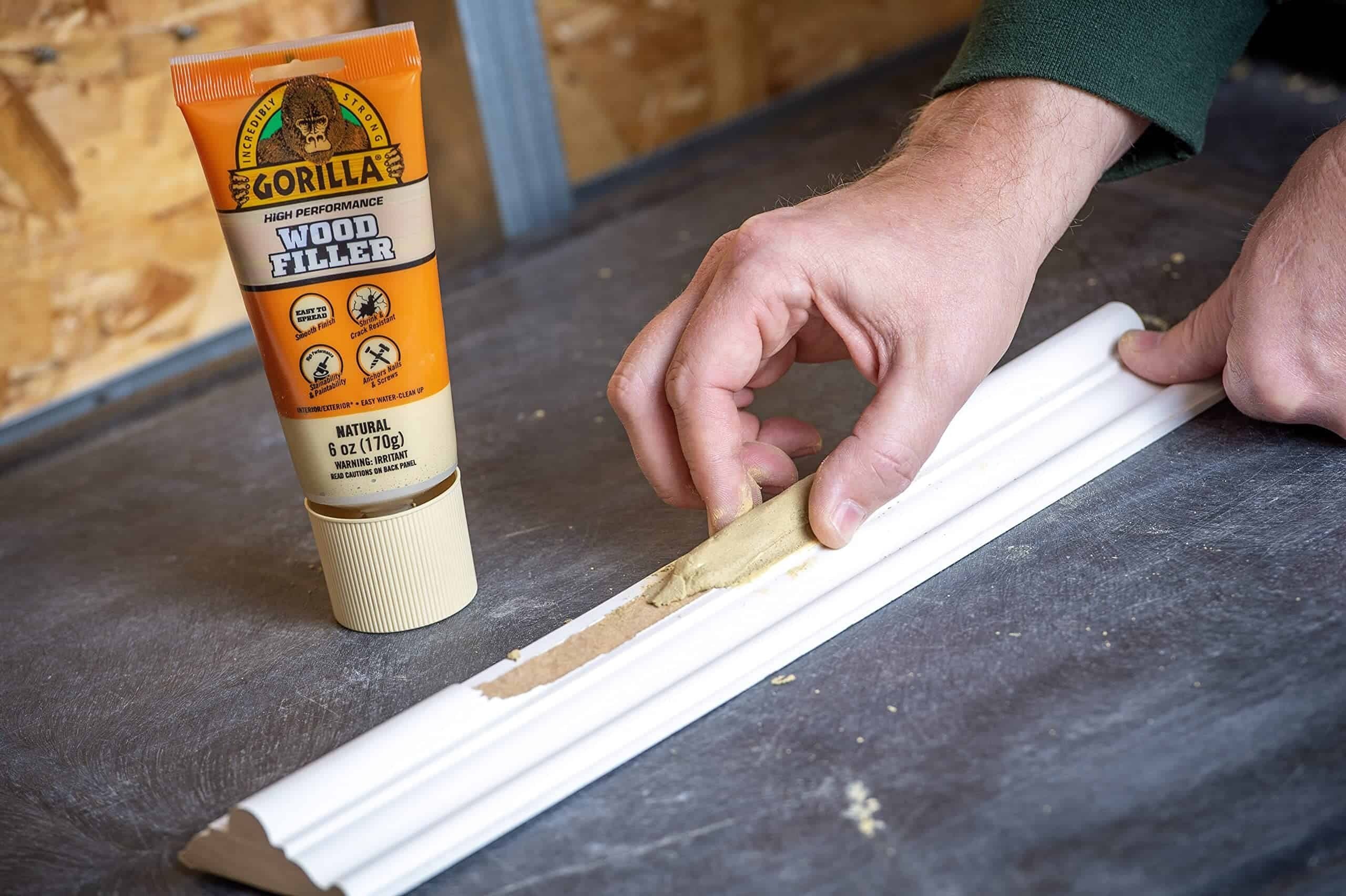
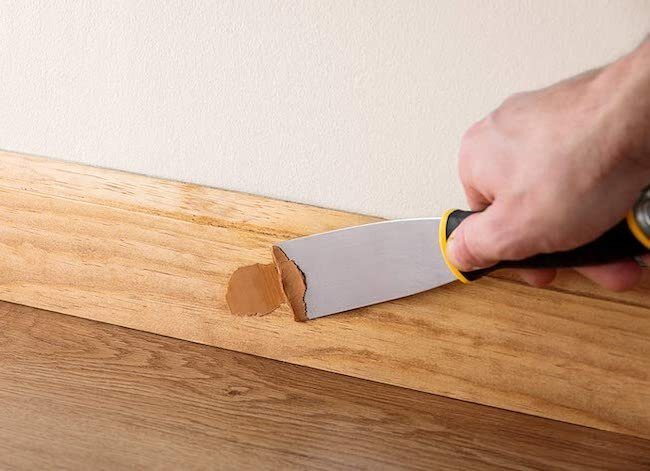



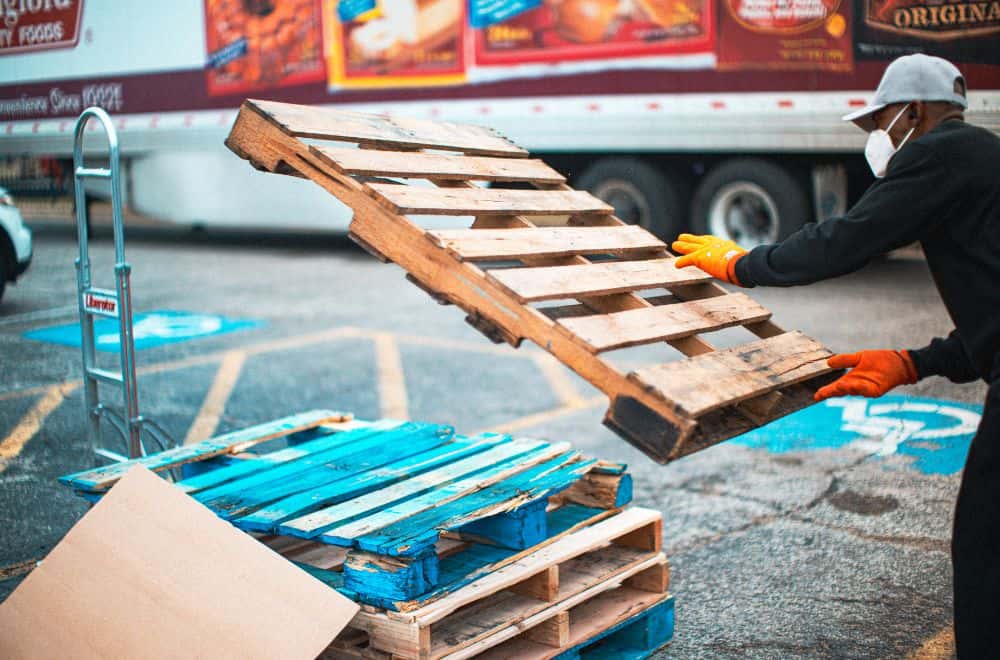
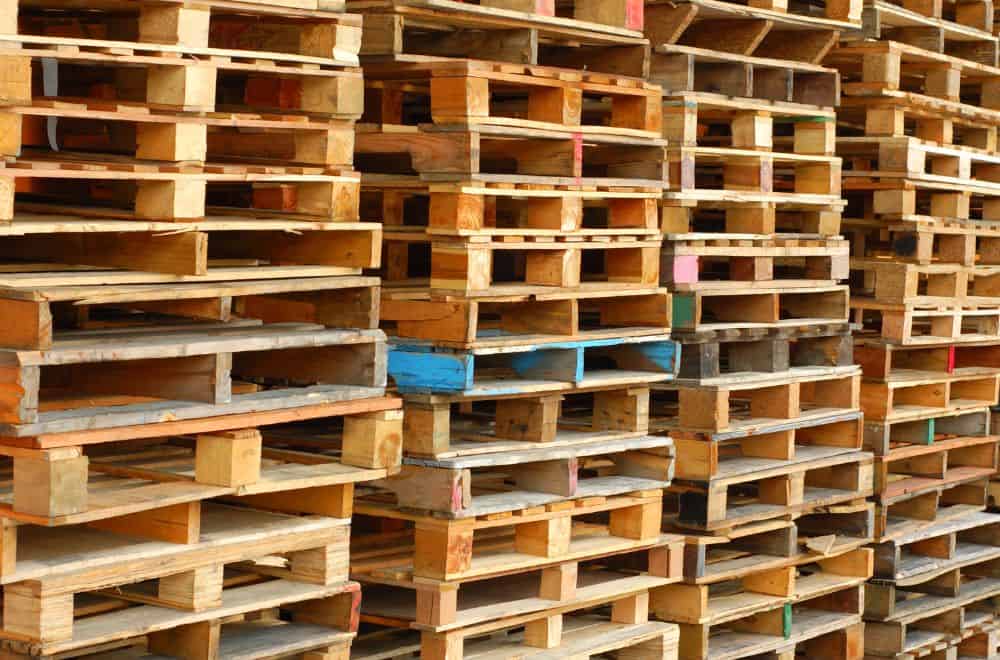
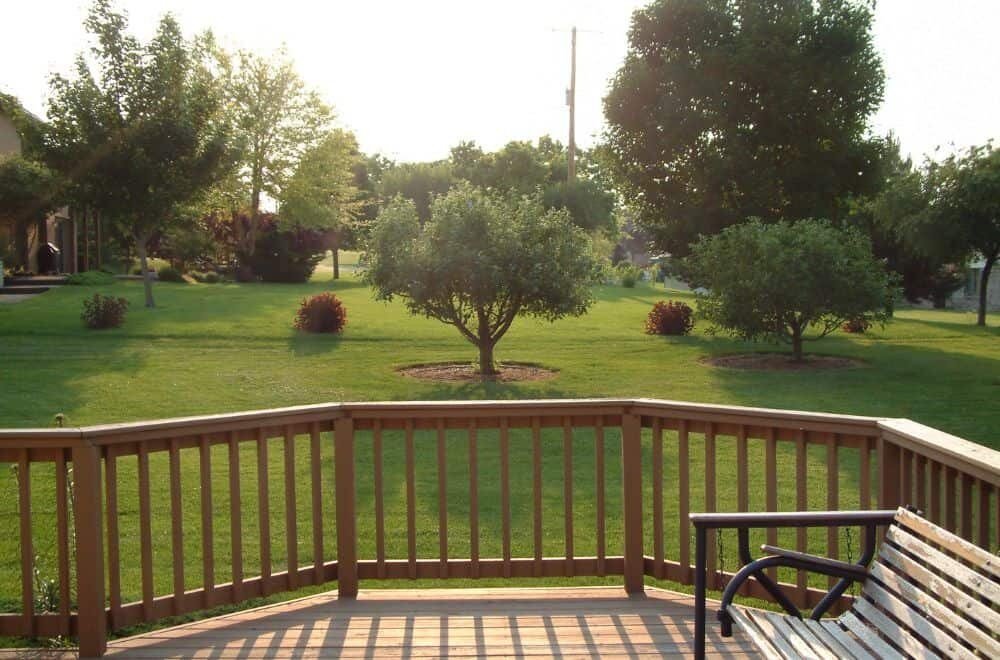
 Untuk meningkatkan keputusan taruhan, banyak
Untuk meningkatkan keputusan taruhan, banyak 